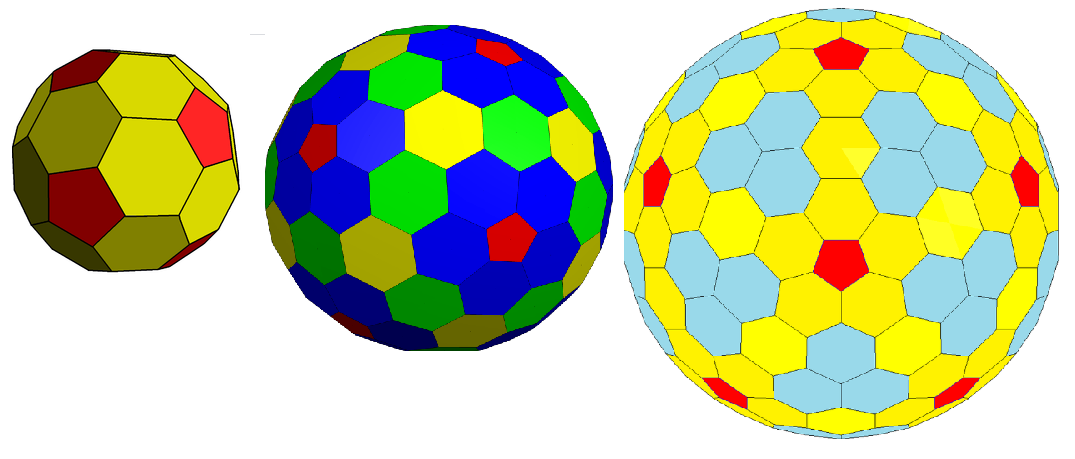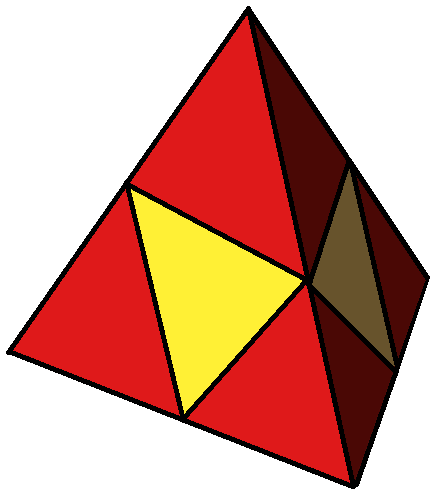Given a finite set of convex $d$-dimensional polytopes $\mathcal P$, for some $d\ge 2$.
Question: Is it true that there are only finitely many different convex $(d+1)$-dimensional polytopes whose facets are solely (scaled and rotated versions of) polytopes in $\mathcal P$?
Some clarifications
A face of a polytope is the intersection of the polytope with a touching hyperplane, so subdividing facets does not count here.
In general, two $(d+1)$-polytopes shall be considered as different if they differ not just in scale and orientation. By the usual rigidity arguments, given the shape of facets and their connections, the metric of the polytope is uniquely determined. Hence, if we can built different polytopes, they will be combinatorially different as well.
Example
There are only finitely many polyhedra that can be built from any finite set of regular polygons, but as far as I know, this result is by enumeration (see, e.g. Johnson solids).


